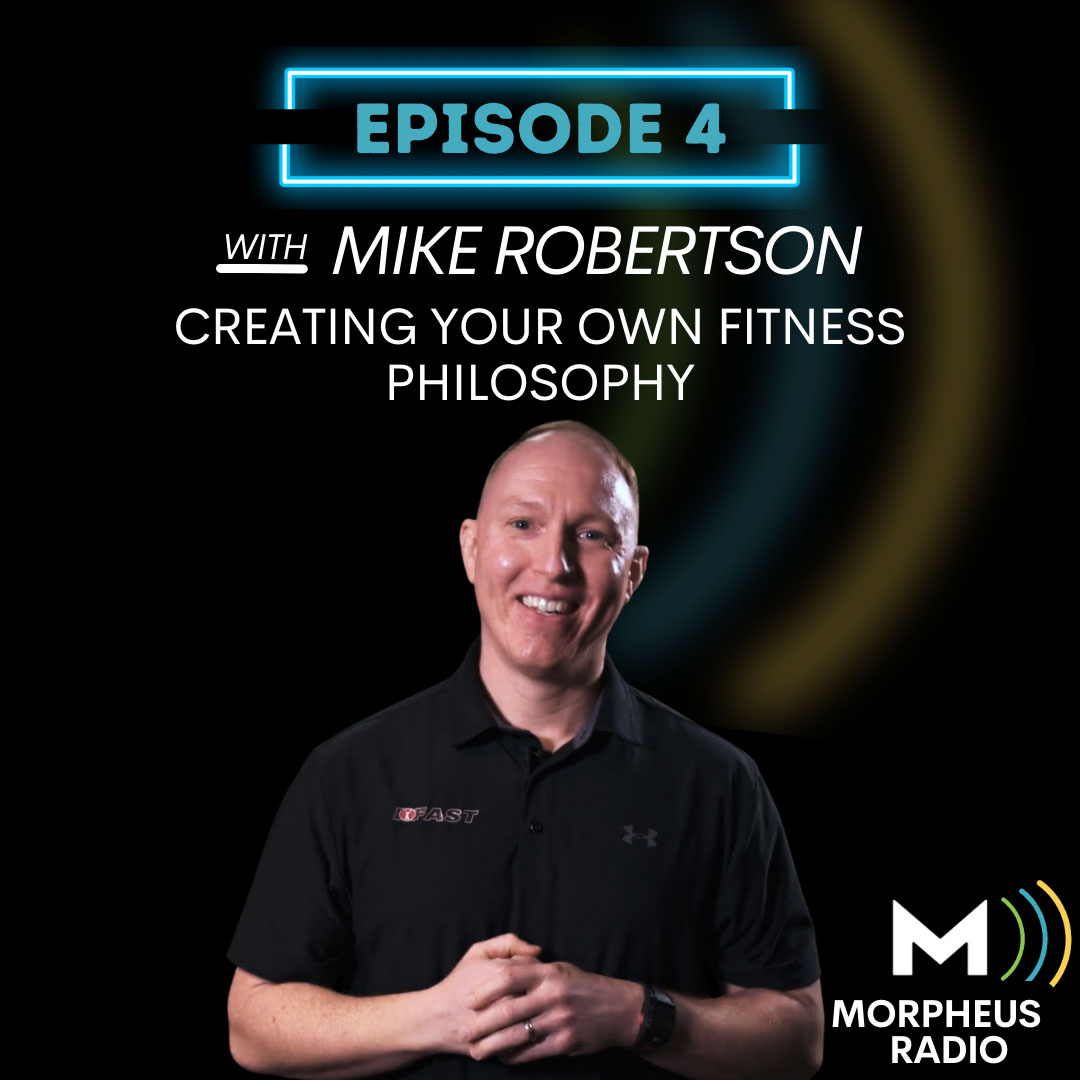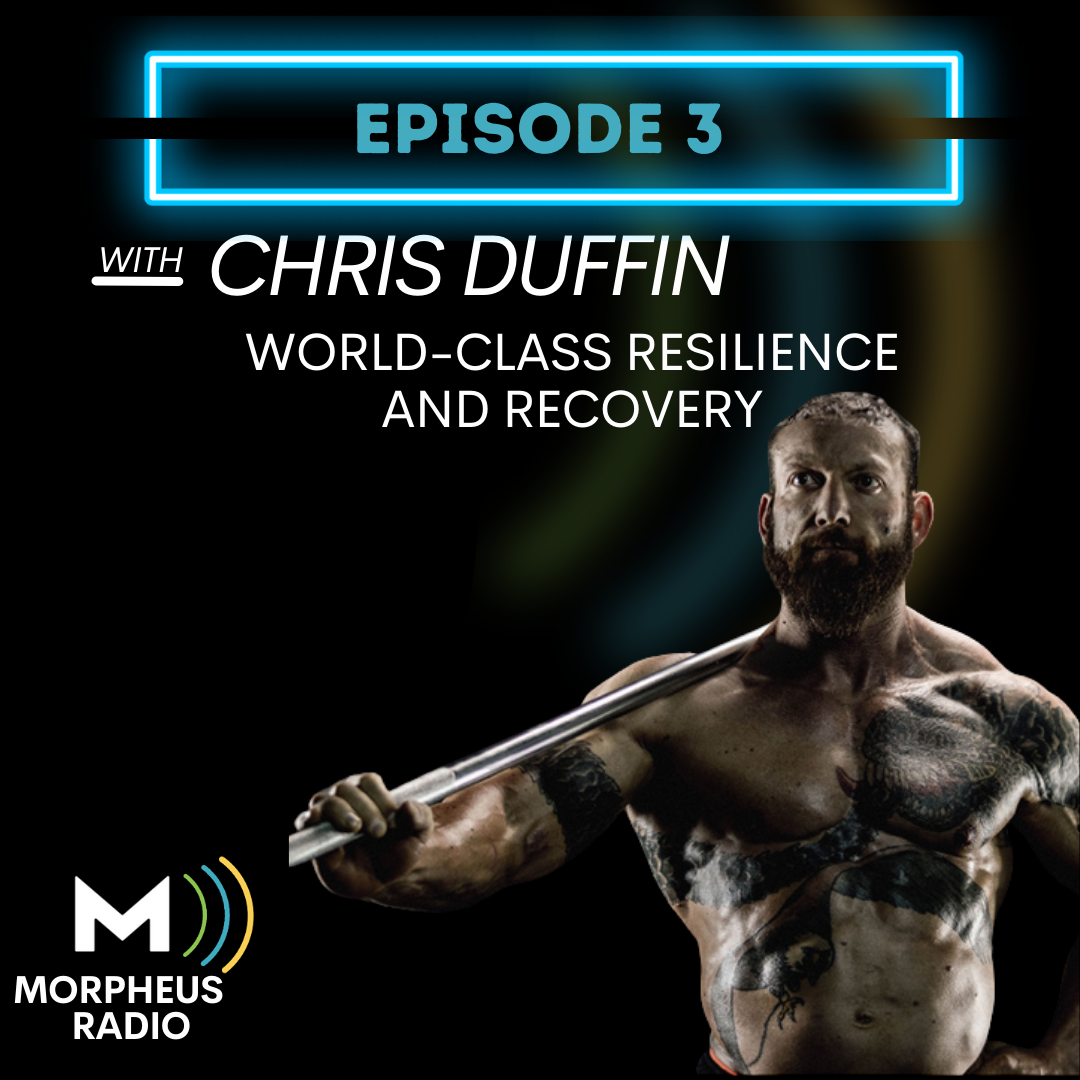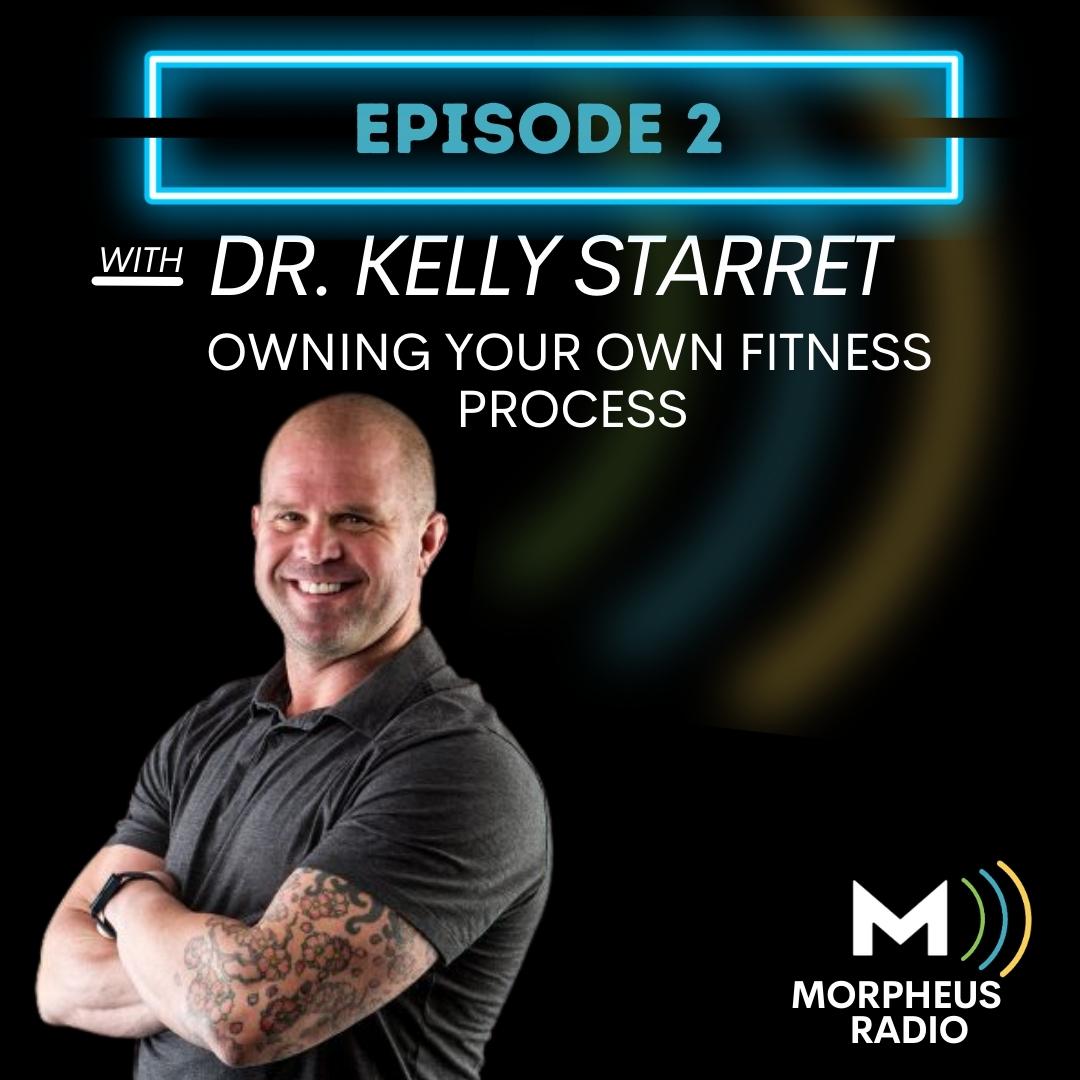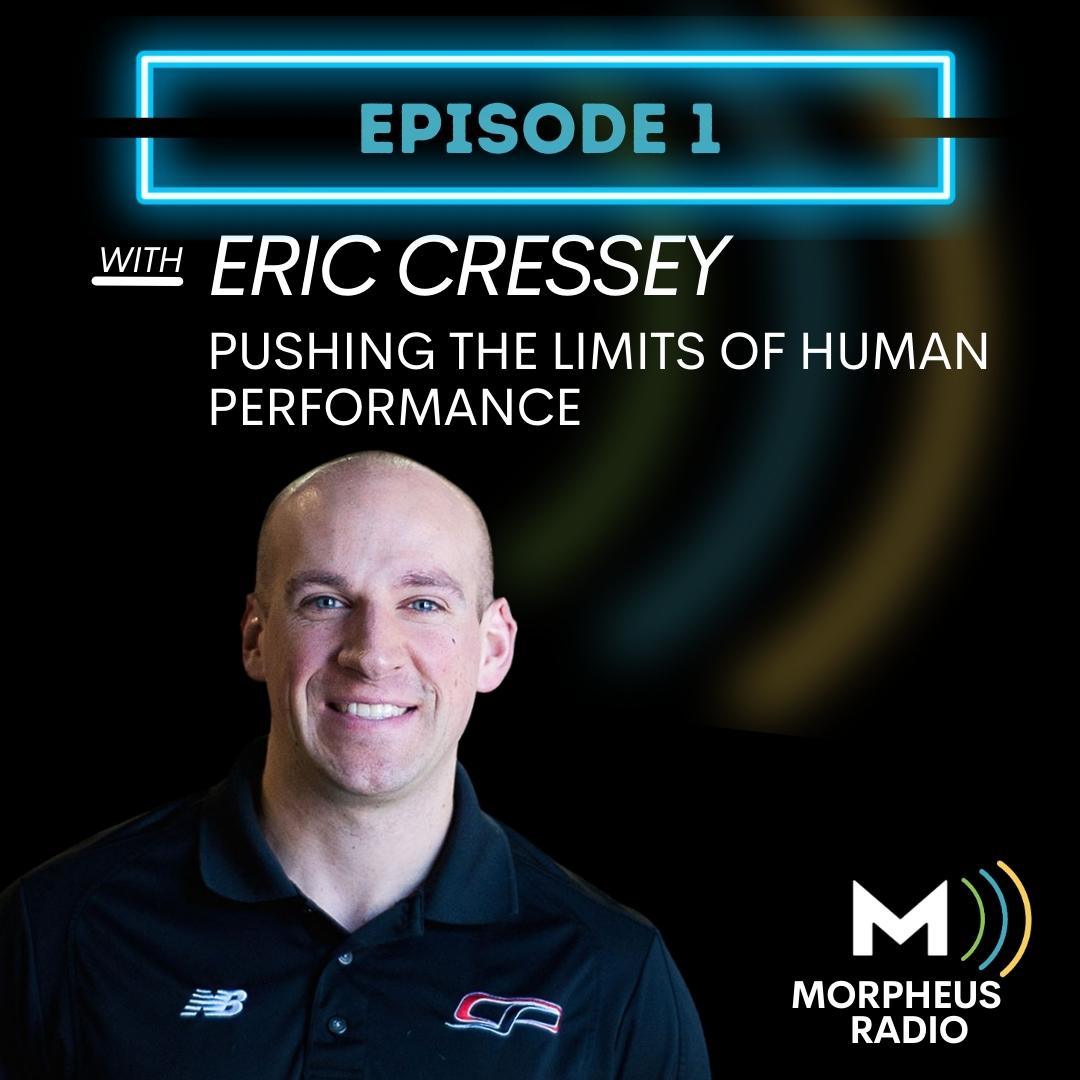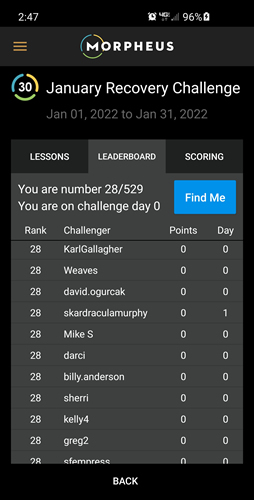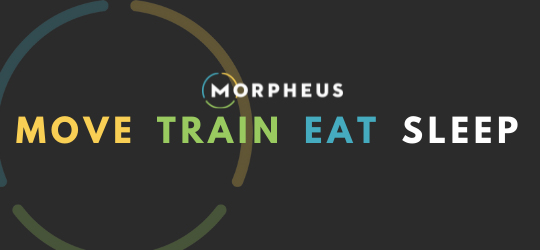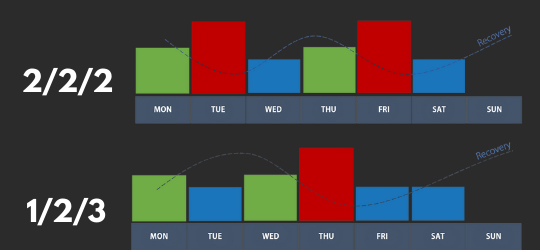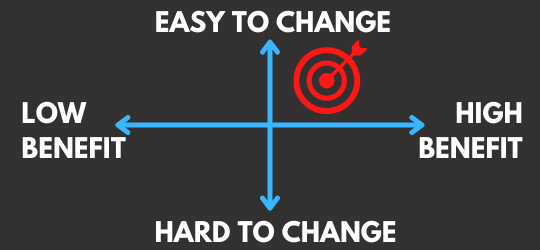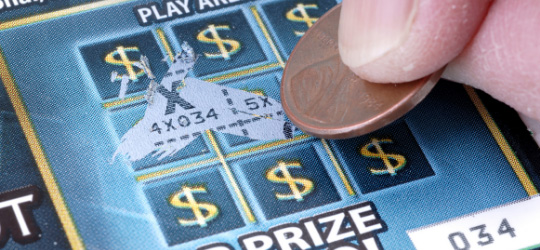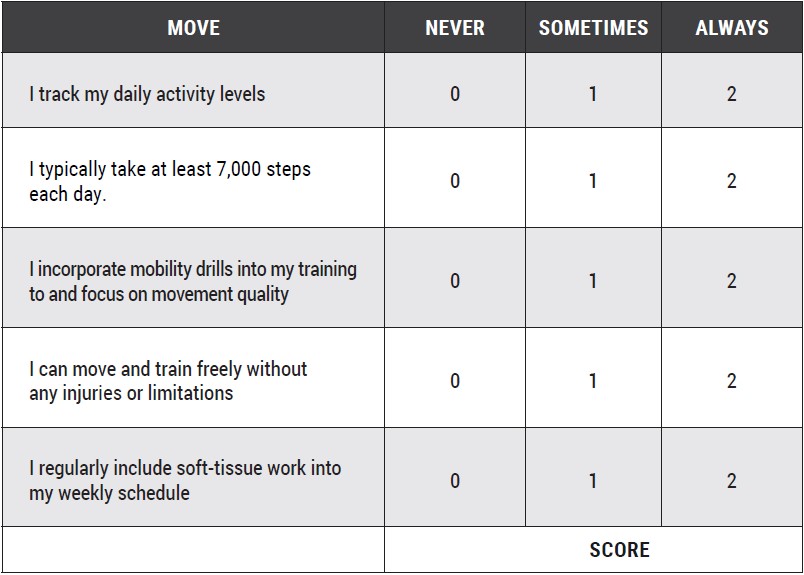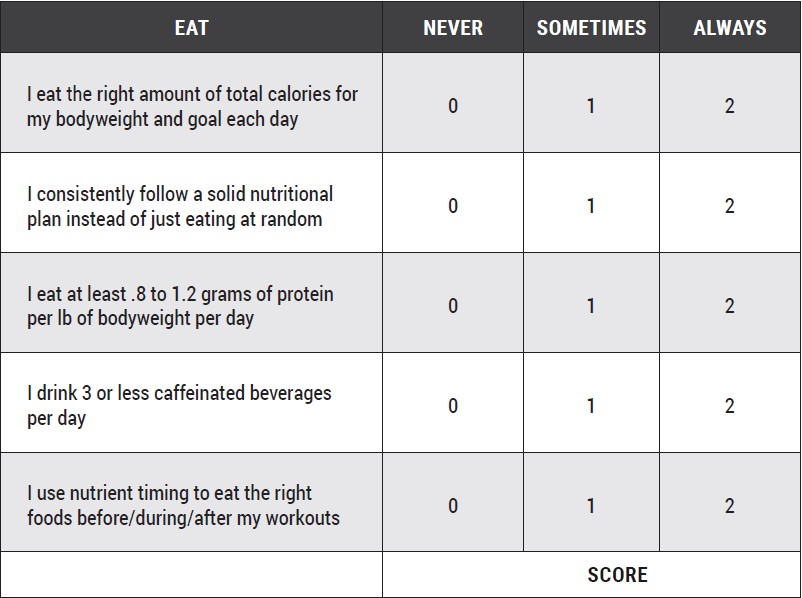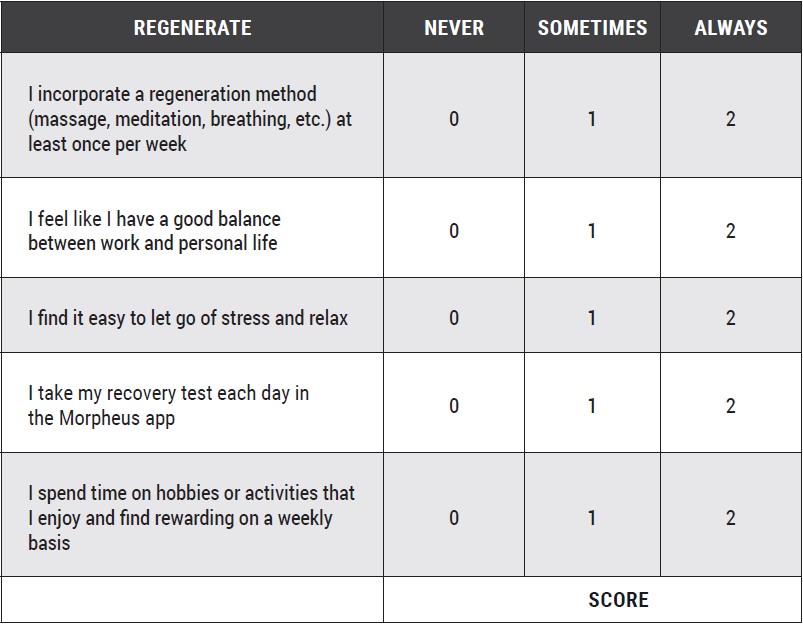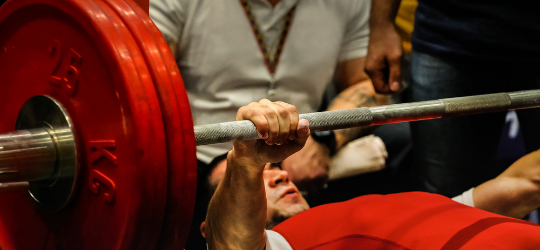The new Morpheus October updates are here and we think you’ll really like the improvements we’ve made!
If you don’t have automatic updates turned on, make sure to visit the app store to download and install the newest versions.
We’ve made three changes all designed to improve the workout features of Morpheus. Give them a try and let us know what you think by posting a pic on IG and tagging us or sharing in the Morpheus FB community.
Improved workout history view
The new and improved workout history view makes it much to scroll through your past workouts and get a quick glimpse at the data, workout time, calories, and average heart rate.
You can scroll up and down to look through past workouts and if you get to the bottom of the list, just hit “view more” to bring up the full screen menu.
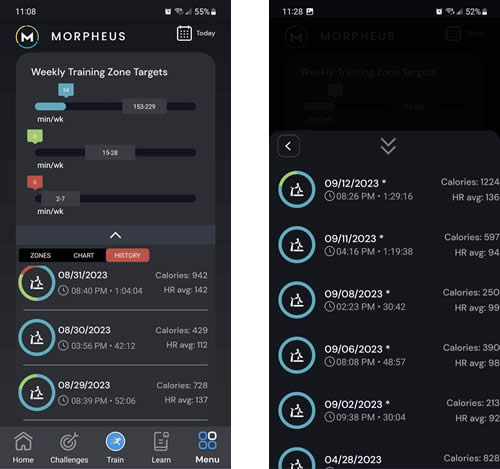
To dive deeper into a specific workout, just tap on the workout you want to view and it will take you to our new all-new workout summary reports
New workout summary report
The updated workout summary report includes a more complete look at all the details of each and every workout, as well as a new landscape view that lets you view your heart rates at two different times throughout the workout.
You can get to the all new report by completing a workout in the app, syncing a workout from the M7, or through the workout history view as discussed above.
In the updated report, you’ll find additional statistics, better workout graphs, a list of any zone-based intervals completed in the workout, as well as the new landscape view.
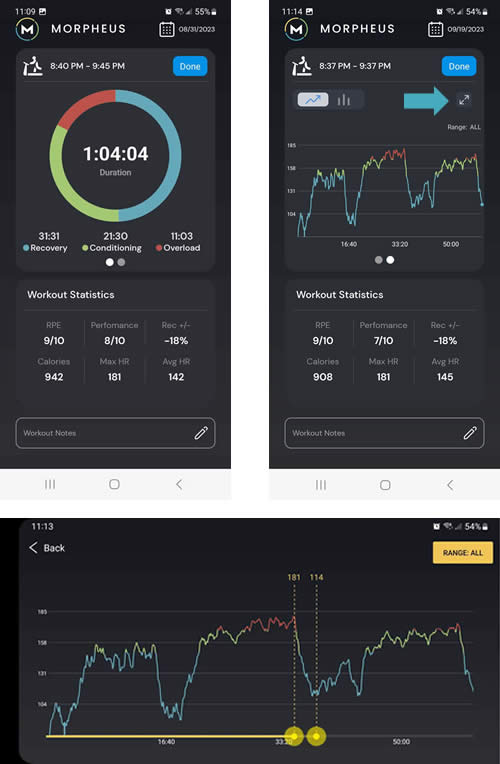
To get to the landscape view, simply swipe the top section to get to the graph view and click the small arrow icon in the upper right corner. This will then open the landscape view where you can view any two points on the graph by clicking on the screen.
This is especially useful if you’d like to look at your heart rate recovery between any two points of the workout.
Once you’re done, you can close the landscape view by hitting back and it will return you to the workout summary.
Interval training updates
One of the most important features in Morpheus is the Zone-Based Interval Training (ZBIT) methods that can be found within the TRAIN screen. In an effort to increase awareness about ZBIT, we’ve added labels to the icons in the upper right hand screen that are used to configure and then start any intervals you’d like to do in your workout.
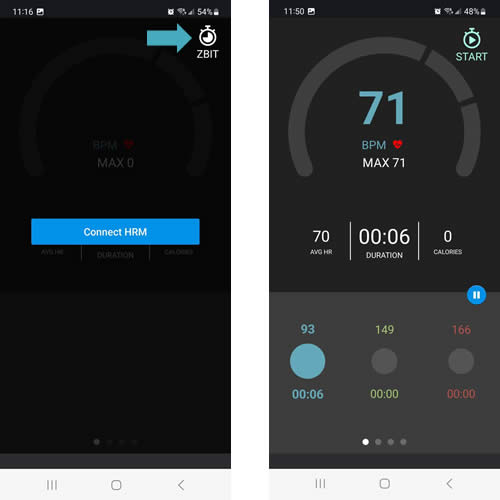
Finally, we’ve also made one small change to how the interval counter workouts. When you’re doing any of the 12 intervals, the interval counter will now display the interval number that you’re currently on, rather than the number you’ve completed as it did before the update.
This means that if you have chosen to do 10 intervals, you will now see 1/10 as soon as you start the first interval instead of seeing 0/10 until you had completed the first rep.
This is more in line with how other interval timers work and we think it will make it easier to know exactly where you are and how many you have left.

